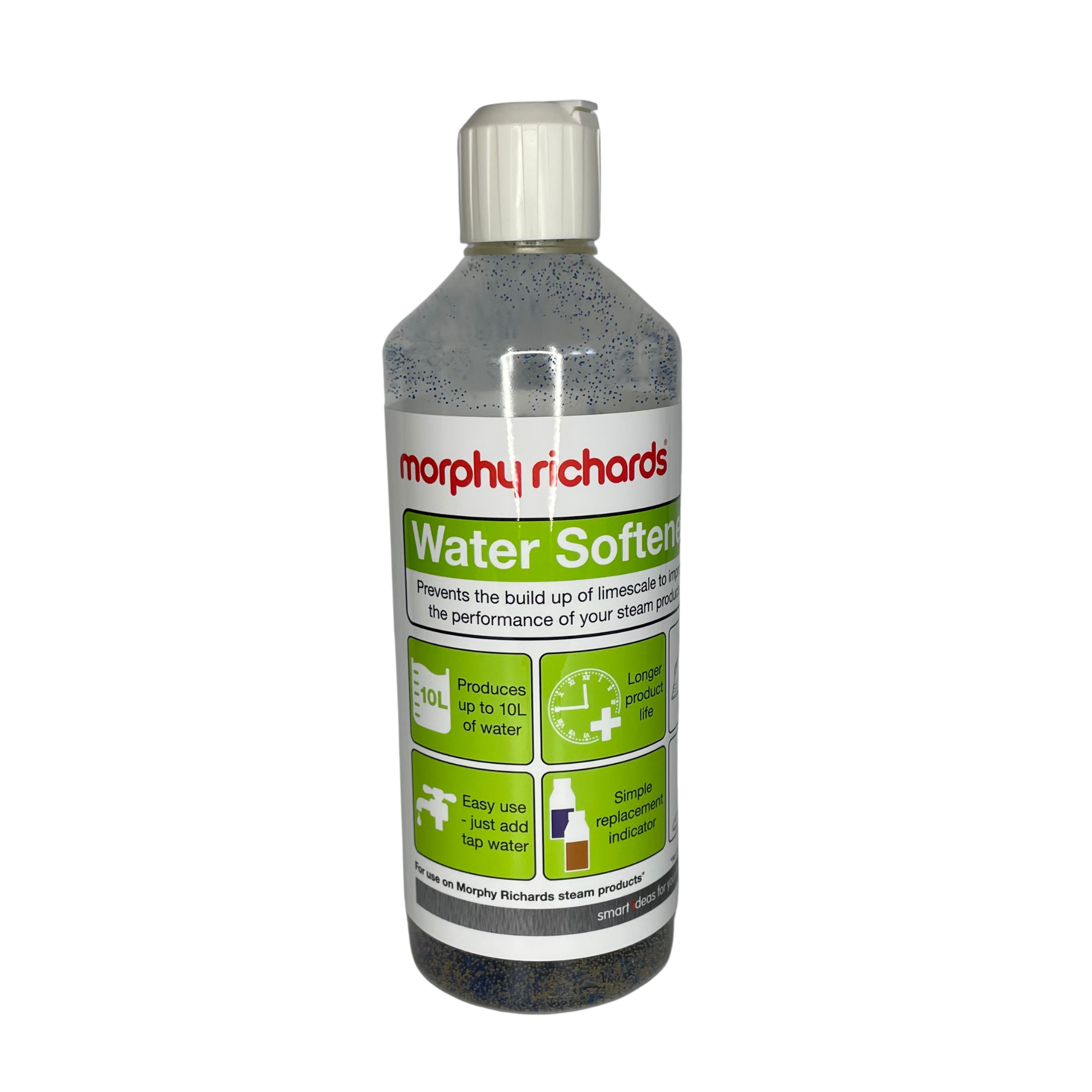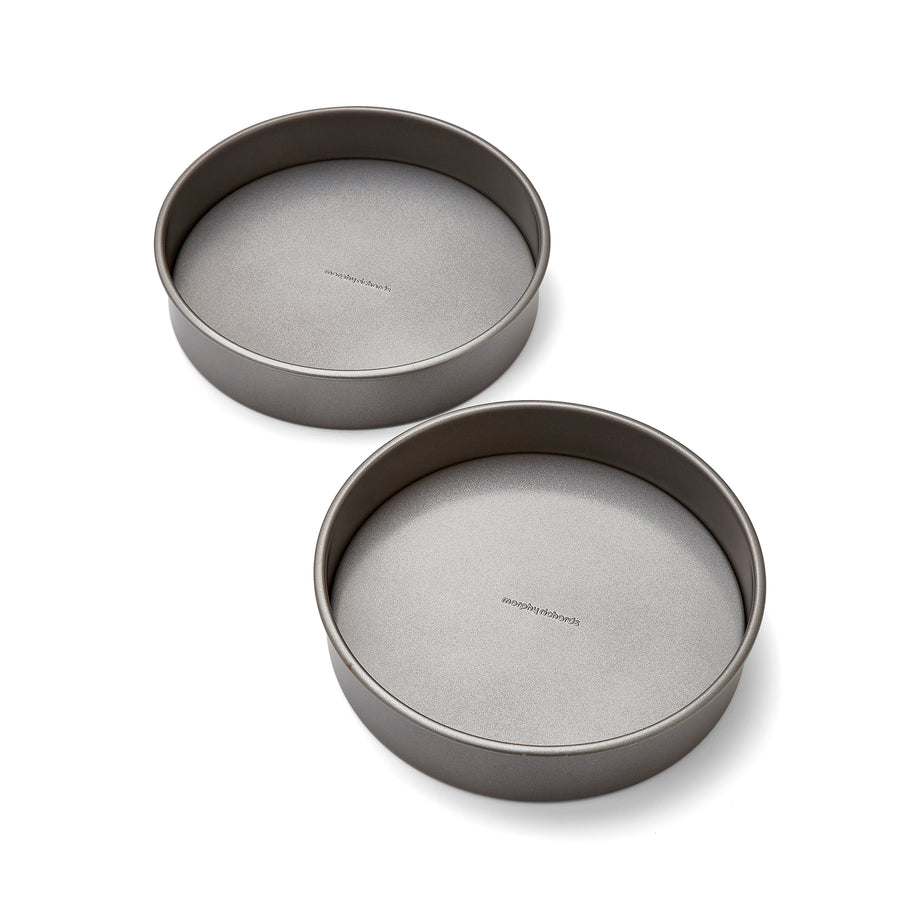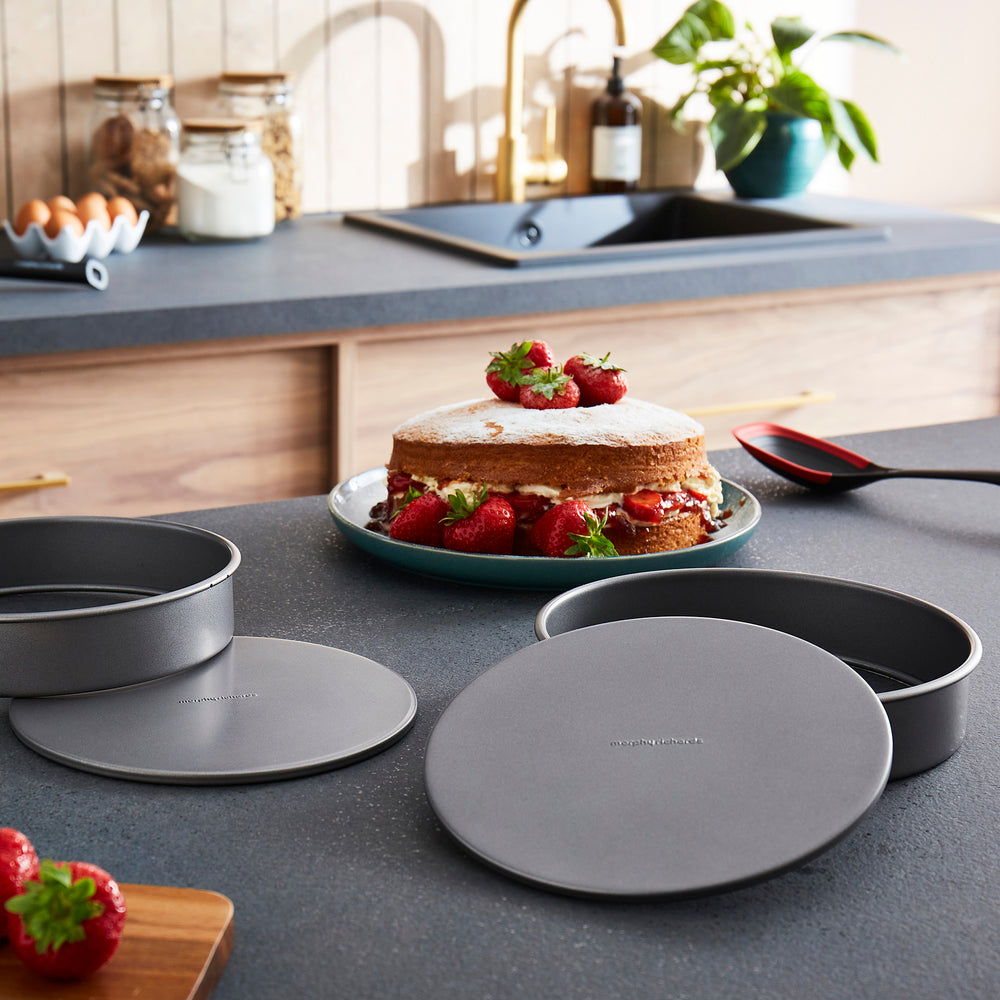What to Look For When Buying a Cake Tin

Everyone says that baking is like science; you need the right ingredients in the correct ratios to get the best results. If this is true (and we’re not necessarily disagreeing), then you need the right equipment too. Just like a lab has bunsen burners and beakers, a baker needs an oven and cake tins.
But what if you don’t know what you need when it comes to buying cake tins? For example, what’s the argument around springform vs loose base, or round vs square? And what about loaf tins, where do they come into it?!
If this sounds a little like you right now, don’t worry; we’ve got you covered. In this guide, we’ll explore all the key characteristics of cake tins you should consider before you buy – and just why they matter…
Buying the best cake tins
We’re not saying that the right cake tin will solve all your problems; after all, you still need to get the recipe right. But, we are saying they can make your life a whole lot easier - and help you absolutely nail your next bake to amaze and impress your friends and family.
With that in mind, let’s explore the key areas you should be looking at before buying your next cake tin.
Size
Pretty much every recipe you find will specify the size of the cake tin you should use. This isn’t a random thing, either; it’s included to help you get the best end results. Using the wrong sized cake tin can mean that:
-
You don’t get the rise you’re looking for: spreading your cake batter too thin in a larger cake tin means it may struggle to rise to the height you want.
-
It may overcook: too little batter spread across a larger surface area will cook faster, and you may end up burning your bake.
-
It may undercook: conversely, too much batter in a smaller space takes ages to cook, and you could end up with runny mix in the middle but burnt edges.
-
You might get spillage or overflow: the sides of your cake tin are there to help cook the cake, but also to control the height and shape. Too much batter in a too small tin might overflow - leaving a mess in your oven that you’ll have to clean up.
Instead of worrying about all this, look for cake tins in a range of sizes, and always use the one recommended by the recipe.
Top tip: as a general rule, you should fill your cake tins about two thirds full to get a good rise without spilling over.
Recipe requirements
The size of your cake tin will largely be dictated by the recipe requirements. If you’re making a big, showstopper of a bake to feed a lot of people, you will tend to need more (and often bigger) cakes. For personal treats, or family tea time, a smaller cake tin will do just fine.
Size matters when it comes to stacking cakes for different recipes. If you’re pushing the boat out and looking for a tiered effect (like a wedding cake), you need a range of cake tin sizes so they can stack upwards. Or, for a more classic Vicky Sponge, you want two cake tins that are the same size, so you can cook and cool them simultaneously before sandwiching them together (yum).
How to measure a cake tin
Most of the time, when you buy a cake tin, it will tell you the size. But, if you forget, it’s pretty easy to measure at home.
Using a tape measure or ruler, measure from the inside edge to inside edge. This excludes any lips or dips, and leaves out the thickness of the tin to give you the right figure. Also, remember that cake tins are typically measured in inches (so you’ll need to convert this over if you’re a metric measurer).
Top tip: most domestic cake tins that you’ll use at home are 8- or 9-inch pans. This is a good size for sandwich cakes, or even cheesecakes if you’re feeling fancy.
Shape
As well as the size of your cake tin, you need to consider the shape.
Obviously, no kitchen is complete without the classic, the original: the round cake pan. Perfect for everything from Victoria Sponges to Dorset Apple Cake, the round cake tin is a staple of any kitchen. Round cake tins are popular for a reason: they’re easy to use, have no corners where your bakes can get stuck or overbake in, and look very professional when they’re decorated.
But they’re not the only option.
Square cake tins are ideal for traybakes like brownies or flapjack, or mass-producing sheet cakes for a children’s birthday party. Square cakes are easy to slice, so everyone gets the same amount, although make sure you grease the pan in the corners for hassle-free removal.
Deeper, rectangular loaf tins are ideal for baking bread, to give you that characteristic shape and deliciously light rise and texture. A loaf tin is also a great option for a Lemon Drizzle Cake, with the extra depth meaning there’s more space to saturate with tangy lemon sugar.
You can also get more specific cake tins, like Bundt tins or Madeleine trays; or you can go for something completely different with novelty pans in everything from hearts and stars to animal-shapes.
At the end of the day, the best cake tin shape depends on what you’re baking. We recommend having a selection of different shapes so that you can make whatever you want, whenever you fancy it.

Just look at our Muffin Tin, Square Cake Tin and 2lb Loaf Tin Set. Made from heavy duty carbon steel and a double non-stick coating for easy release, this trio has everything you need to bake til the cows come home. From delicious loaves or drizzle cakes, to brownies and blondies, to sweet or savoury muffins - this set has you covered. Plus, they’re dishwasher-safe for effortless cleaning, so you can sit down and enjoy the fruits of your labour.
Release mechanism
The way you get your cake or bake out of the tin is a big deal; honestly, it can make or break the final result. With a normal sponge, or something fairly robust, you can usually pop a plate or board on the top of the cake tin and flip it upside down to release your bake. Or, for squarer or smaller bakes, you can lift your cake out by the excess greaseproof paper lining the tin before baking.
However, there are other options. Some of the best cake tins come with a release mechanism to make your life easier. There are two main types of release your cake tin can be built with, which are:
-
Springform release: you’ll recognise a springform release tin from the clamp on the side. Opening the latch releases the extra length of the cake tin, letting you lift the sides of your tin away from the base. This is perfect for cakes of all types, but especially more delicate structures like cheesecakes, as they could break otherwise (and can’t be turned out normally).
-
Loose-bottom release: loose bottom tins are exactly what they say on the… well, tin. These cake tins have a loose bottom that can be pushed up and out of the sides of the cake tin to release the cake. They’re great for layered desserts with multiple components, or deeper bakes that you don’t want to tip out.
Top tip: whatever you choose, make sure to grease your tin well to have an easier time of removing it from the tin. Yes, we even mean non-stick ones, for that extra layer of protection and peace of mind.
Material
You may not know this, but the material of your cake tin can have a big impact on your finished bake. You need something that conducts heat well, but evenly, to ensure you have a delicious end result (without any burnt bits). There are a lot of materials you can choose from, including:
-
Aluminium: renowned for being lightweight and inexpensive, aluminium cake tins are quick to heat up - perfect for cookies and tray bakes.
-
Cast iron: heavy duty with superb heat retention, cast iron is the classic in the world of baking. Able to go from hob to oven, this is perfect for crumbles and cobblers.
-
Stainless steel: while it has relatively low thermal conductivity, stainless steel (combined with an aluminium base) is a popular choice that takes advantage of stainless steel’s resistance to rust and corrosion.
-
Carbon steel: carbon steel is a fantastic alternative to cast iron, maintaining that heavy-duty feel and excellent heat retention at a fraction of the weight.
-
Silicone: a newer addition to the annals of bakeware, silicone is loved for its flexibility and inherent non-stick. It’s perfect for everything from cupcakes to jelly moulds.

Top tip: this is just a snapshot of materials. To learn more, check out our Bakeware Buying Guide…
Maintenance
Cleaning up is arguably the worst part of baking, but it’s essential if you want to keep your cake tins looking good and performing well over the years. When you’re buying a new cake tin, make sure you can handle the maintenance of it. For example:
-
If you hate washing up, look for cake tins that are dishwasher-safe to make your life easier. While you’re better off primarily handwashing them, the occasional cycle shouldn’t cause too much damage.
-
If you choose cast iron, make sure you’re regularly seasoning the pan to maintain the non-stick layer.
-
For non-stick cake pans, never wash with a heavy scrubber or wire scourer, as this can damage the non-stick coating. Try to avoid metal utensils for the same reason.
-
Try to avoid soaking metal cake tins as it can cause them to rust over time (especially in hard to dry areas like the lip of the pan, where water can linger).
Quality
There’s an old adage that says “buy nice or buy twice”. Aside from rhyming rather pleasingly, this saying emphasises the idea of buying quality products where you can, or you may end up spending more in the long run when you have to replace them.
So, when it comes to buying new cake tins, you should always look for the highest quality within your budget. Here at Morphy Richards, we strike the perfect balance between high-quality performance and affordable bakeware, so you can get premium new cake tins without breaking the bank.
Want to see? Check out our Loose Base Shallow Cake Tin Set. This duo of 8” loose bottom cake tins are the perfect size for making a Victoria Sponge that really stands out. Made with heavy-duty carbon steel for superb durability and heat distribution, with a double coating of non-stick, these cake tines are oven-safe up to 230 degrees. Plus, the loose base means it’s even easier to get your bakes from tin to table.
Top tip: if you bake frequently, investing in good quality cake tins will be able to keep up with you for longer, so you won’t have to keep replacing them.
Treat yourself to more than just tasty cakes…
Whether you’re a brownie-baking superstar, or just starting out with a simple sponge, make sure you have all the tools you need from Morphy Richards. With our fantastic selection of cake tins, oven trays, and so much more, it’s never been easier to make some delicious homemade treats.
For some extra benefits, make sure you buy direct from Morphy Richards: get a two-year warranty (with an extra year of warranty for free when you register with us).
We also offer free shipping (on qualifying orders) and Shop Now Pay Later payment options. What are you waiting for? Shop online now.
Shop Morphy Richards bakeware today
For more home appliance buying guides, inspiration, and recipes, explore the Morphy Richards blog…
Customer Stories: How Our Appliances Changed Your Kitchen Game | Get Bake Off Ready With The Best Stand Mixer | How to Use a Soup Maker: The Morphy Richards Way









Leave a comment